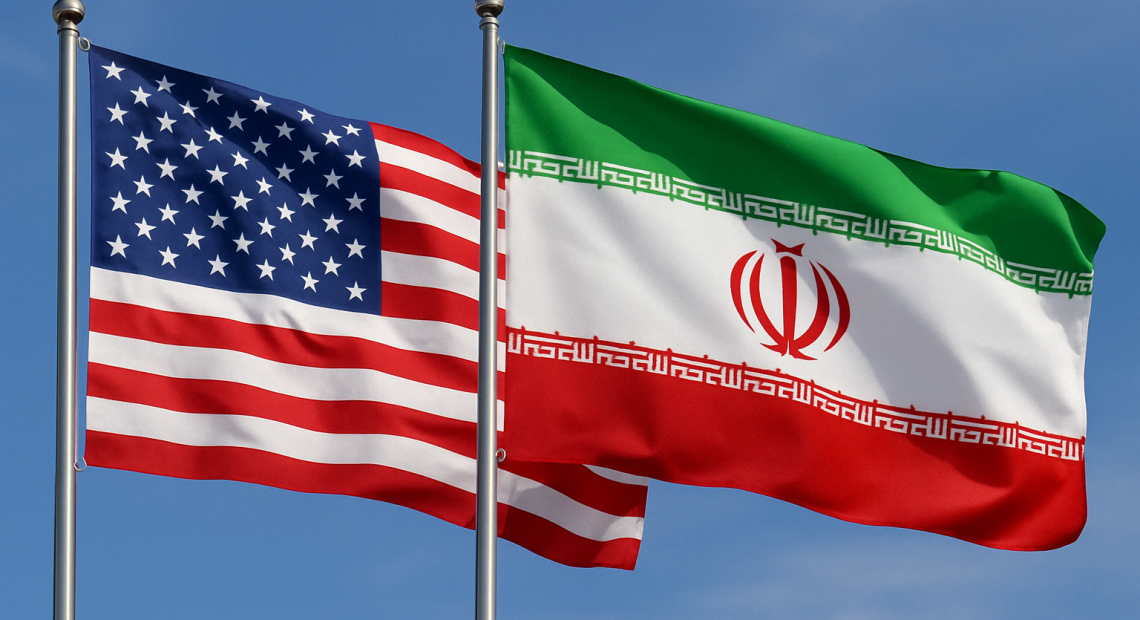
Pentagon Confirms Iranian Missile Strike at U.S. Base in Qatar
The Pentagon has confirmed that one of the ballistic missiles fired by Iran during its June 23 retaliation strike successfully hit the Al Udeid Air Base in Qatar, a key operational hub for U.S. forces in the Middle East. The missile caused minor structural damage but resulted in no injuries or disruptions to operations.
Communication Dome Destroyed in Strike
According to defense officials, the missile hit a geodesic radome—a protective structure covering sensitive communication equipment—inside the Al Udeid base. The dome was destroyed, and nearby buildings sustained light damage. It is still being determined whether the missile struck directly or if the dome was damaged by debris after an attempted interception.
13 Out of 14 Missiles Intercepted
Out of the 14 missiles launched by Iran, 13 were successfully intercepted by U.S. and Qatari air defense systems. The one missile that evaded interception was smaller and likely flying at a trajectory or speed that made it difficult to track and eliminate. Despite the impact, no aircraft or personnel were harmed.
Background of the Attack
Iran launched the missiles in response to U.S. strikes on its nuclear infrastructure, part of a brief flare-up involving Iran, Israel, and the United States in June. The tit-for-tat strikes were followed by a ceasefire that remains in effect. The incident marks a rare but controlled escalation, as all sides appeared to avoid causing large-scale casualties.
Strategic Significance
The strike is the first confirmed Iranian ballistic missile hit on a U.S. military facility in Qatar. While damage was limited, the event signals Tehran’s increasing readiness to target American assets directly. At the same time, the lack of casualties and measured responses from both sides suggest an intention to de-escalate after demonstrating military capability.


















